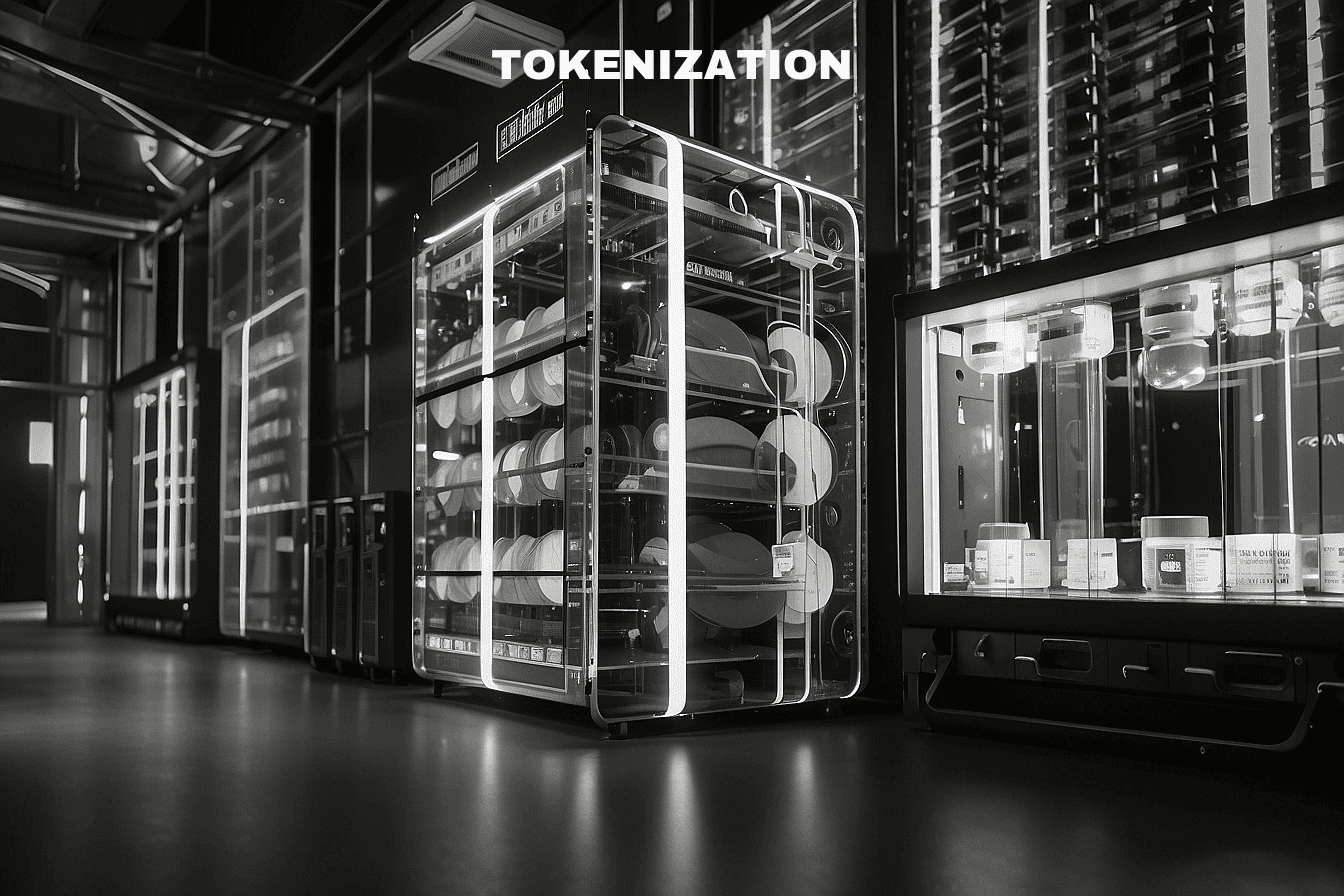The Ekuseru Sharingan - Handling large audience cohort with personlised attention
Nov 28, 2023
Problem Statement
Ed techs are facing challenges in providing personalized attention to larger student cohorts which causes low retention and high CAC.
Objective
To build a scalable platform that can cater to larger cohorts with personalized attention.
Lower CAC and higher retention.
The why of the problem (Pain Points)
People seek guidance from skilled instructors, yet the challenge lies in receiving personalized mentorship within a large group of 100 or more individuals.
The instructor-mentor-student model for mentorship is ineffective due to numerous variables, especially with a large group of 200+ individuals.
There isn't the same level of Mentorship and learning over time which leads to poor retention and hence higher CAC for the organization.
Lack of Feedback Mechanism
Over expectation of deliverables
There is no Sense of Community within the cohort
There is a lack of Hands-on experience.
Lack of a proper Doubt Resolution Platform.
Lack of Intrinsic Motivation to continue the course.
Lack of a Student Analysis Mechanism.
User Persona
Demographic - India
Gender - Any
Occupation - College Student or working professional
Assumption
All the Students are from India
The cohort is of 6 months.
Age above +21
All Mentors have 10+ years of industrial experience.
An infrastructure catering to +500 students online is already in place.
Features & Functionalities
Super Tokens
We are gamifying the experience by granting super tokens on completion of each learning experience.
The super token credit flow is as follows:
On Successful completion of a live lecture- Super Tokens Granted- 10 tokens
On Successful completion of a recorded lecture- Super Tokens Granted- 5 tokens
On consecutive 3 days login - 3 tokens
On performing the test - 5 tokens
Top 50 test performers - 5 token
Edge Cases
Super tokens will be granted only once and based on watch time.
When accessing the recorded sessions, students will not be permitted to fast-forward or glide through to manipulate the video completion rate.
Reward System

Role Assignment
We are building a hierarchy as follows - Sensei-Samurai-Ninja-Student
Sensei - Instructor of the course
The instructor will be responsible for conducting live lectures.
Samurai - Mentor in the course.
The mentor will be given the responsibility of guiding 100 students, where he or she will take care of their doubts and engagement on a bi-weekly basis.
Also, automatic re-assignment of mentors every 2 weeks to keep up the same level of mentorship across groups.
Ninja
Monitor in the cohort who is appointed from the student’s community based on performance in the tests.
Student
General student body members.
Feedback Mechanism
We have designed 2 types of feedback loops:
In app rating system by the student, rating Sensei and Samurai.
(Through this rating system, Samurai receive a score out of 5, which is then averaged and prominently displayed on their profile. This not only serves as a motivational tool for the Samurai to continually improve but also enables the organization to gain a more insightful understanding of their performance and contributions.)
Helpline conducting surveys from students.
Community
Building a community with sub-communities such as Daily discovery, meme sharing, Peer doubt solving, Networking Nights, and Virtual study rooms.
Doubt Resolution
Samurai are assigned a category linked to the topic of the lecture, and category allocation of doubt is done to optimize doubt resolution.
Ninjas are appointed as the first point of contact for doubt resolution where they either answer the question themselves or get it answered by the Samurai and forward it to the student..
We will gather all the data related to doubt resolution and subsequently train our machine-learning models on this data. In phase 2, we plan to implement ML and AI techniques for doubt resolution. This approach aims to enhance our ability to handle significantly larger cohorts effectively.
Project Building
Building levels of projects like P1, P2, P3 each with increasing difficulty for a wonderful hands-on experience with a performance report on the certificate to be awarded.
Self Analysis
Setting up a testing platform for weekly tests to be conducted and a leaderboard is prepared according to which top 5 students are made ninjas.
Ninjas are given the exclusive privilege of being in the Samurai’s group and being in constant touch with Sensei.
Edge Case
If a student consistently ranks within the top 5 in two consecutive tests, they will receive an additional 5 points. However, to ensure a fair opportunity for everyone, they cannot maintain the position of a ninja continuously. While they have the chance to become a Ninja in alternate weeks, consecutive appointments are not allowed.
Metrics to track
Engagement Metrics:
Lecture Completion Rate: Percentage of students completing live and recorded lectures.
Watch Time: Total time spent watching lectures, indicating overall engagement.
Login Streak Rate: Percentage of students logging in consecutively for 3 days.
Performance Metrics
Test Participation Rate: Percentage of students participating in tests.
Top Performers Rate: Percentage of students among the top 50 test performers.
Reward System Metrics:
Redemption Rate: Percentage of students redeeming Super Tokens for rewards.
Distribution of Rewards: Analysis of the types and frequency of rewards redeemed.
Role Assignment Metrics:
Mentorship Effectiveness: Evaluate the impact of mentors (Samurai) on student engagement and doubt resolution through feedbacks
Ninja Performance: Track the performance of Ninjas and their impact on the student community.
Feedback Mechanism Metrics:
App Rating Trends: Trends in Sensei and Samurai ratings within the app.
Survey Response Rate: Percentage of students participating in helpline surveys.
Community Building Metrics:
Community Participation Rate: Percentage of students engaging in sub-communities.
Content Contribution: Measure the amount of content shared within sub-communities.
Doubt Resolution Metrics:
Average Resolution Time: Time taken to resolve doubts, ensuring efficiency.
Student Satisfaction: Feedback on the effectiveness of doubt resolution.
Project Building Metrics:
Project Completion Rate: Percentage of students completing projects of varying difficulty levels.
Project Feedback: Evaluate the quality of feedback received on projects.
Self-Analysis and Leaderboard Metrics:
Testing Platform Utilization: Percentage of students participating in weekly tests.
Leaderboard Accuracy: Assess the accuracy of the leaderboard in identifying top performers.
Retention Metrics:
Retention Rate: Percentage of students retained over a specified period.
Churn Rate: Percentage of students who discontinue engagement.
Conclusion
In addressing the challenges faced by Ed techs in providing personalized attention to larger student cohorts, the Ekuseru Sharingan presents a comprehensive solution focused on enhancing engagement, mentorship, and community building. The platform's gamified approach, utilizing Super Tokens, introduces a rewarding system to incentivize participation, test performance, and consistent engagement.
The hierarchical role assignment of Sensei, Samurai, Ninja, and Student ensures a structured mentorship model. Regular re-assignment of mentors and the introduction of Ninjas from the student community contribute to maintaining a high level of mentorship and engagement. The feedback mechanism, both through in-app ratings and helpline surveys, provides valuable insights into the effectiveness of the instructor and mentorship.
The emphasis on community building, with sub-communities for various interactions, fosters a sense of belonging among students. The Doubt Resolution system, involving Samurai and Ninjas, aims to efficiently address queries, with future plans to incorporate machine learning for optimization.
The inclusion of project building and self-analysis adds a practical hands-on dimension to the learning experience. Metrics tracking engagement, performance, reward system utilization, and role assignments provide a comprehensive evaluation of the platform's success.
By focusing on these metrics, the Ekuseru Sharingan aims to achieve not only lower Customer Acquisition Cost (CAC) but also higher retention rates. The platform's approach, tailored for the Indian demographic, positions itself as a scalable solution to the challenges faced by Ed techs, promising a holistic and personalized learning experience for students.



